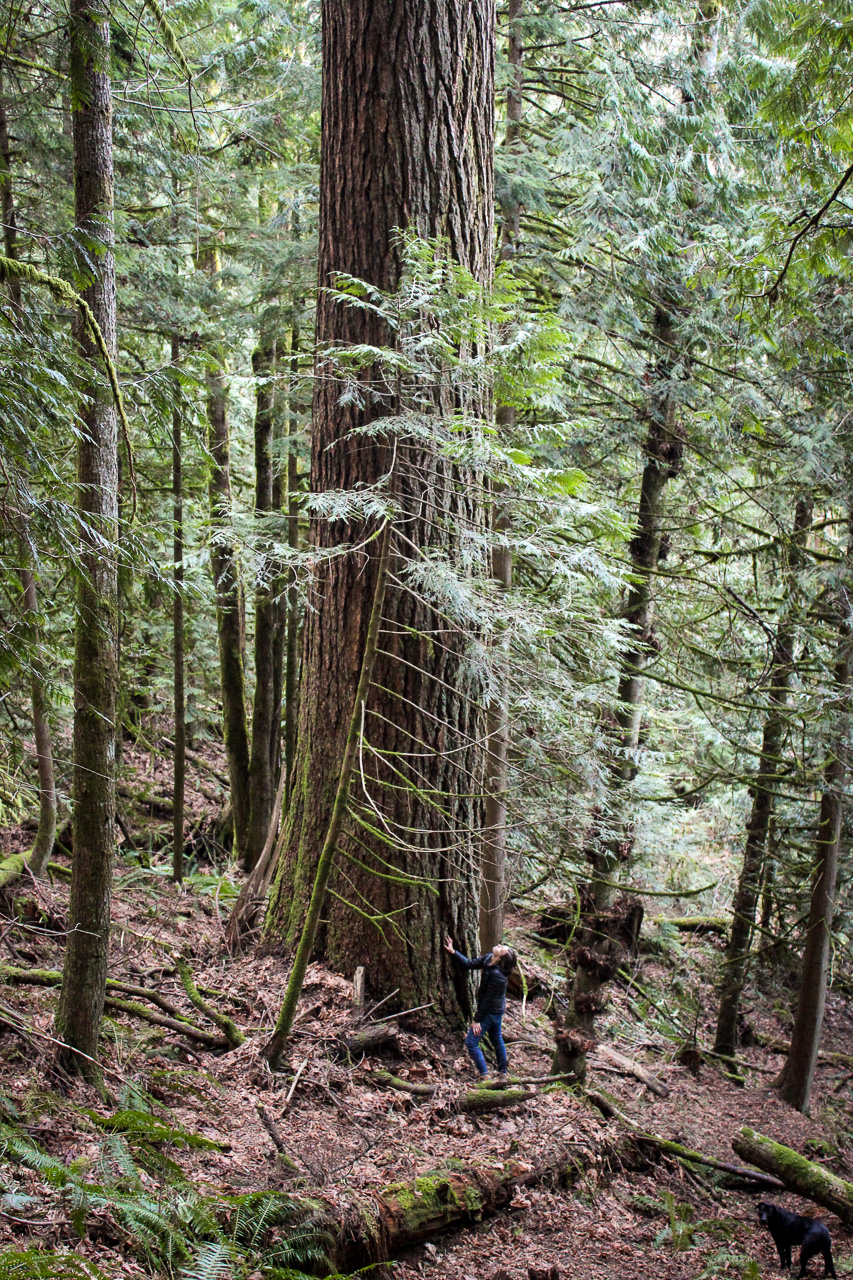Lake Whatcom, the drinking water source for 100,000 Whatcom County residents, including Bellingham, faces an onslaught of threats — from logging and development, to pesticides and invasive mussels hitching rides on un-inspected boats. Pollution of Lake Whatcom is on the rise, making drinking water treatment more costly, and the byproducts unhealthier for people to consume. Water treatment and lake restoration will only get more costly the longer we wait.
Read about how RE Sources supporters helped secure an equitable and stable funding source for Lake Whatcom drinking water protection by establishing a Stormwater Utility District for the County portion of the watershed to join with the City of Bellingham. People who live in the Lake Whatcom watershed pay a fee based on the amount of hard, impervious surfaces (like driveways, rooftops, and parking lots) on their property, because more of these surfaces allows more pollutants to flow straight into the lake.
Do you live in the area that drains into Lake Whatcom? Check this Lake Whatcom Watershed map.
Algae blooms make water more expensive and chemical-intensive to treat
Excess algae grows when there are too many nutrients in a water body. Phosphorus is the main nutrient of concern, which comes from leaky septic systems, yard waste like grass clippings and leaf litter, fertilizers, land clearing and disturbance from logging and development, some soaps and detergents, and animal and pet waste. When it rains, these sources make their way into water bodies like Lake Whatcom. Stormwater runoff is especially exacerbated when there are significant amounts of impervious surfaces in the watershed — like roads, rooftops, and sidewalks allowing the water to rush into the lake without any natural filtration from soil and native vegetation. These cumulative impacts have led to unnatural algal growth in our drinking water.
There are health impacts and huge costs to people associated with drinking heavily-treated water from a source that has significant algae growth. The treatment process requires a lot of chlorine gas to remove the algae and disinfect the water before it reaches the tap. When chlorine reacts with algae, disinfection byproducts such as chloroform – a known carcinogen – remain in our tap water. Thankfully, the City of Bellingham built a dissolved air flotation (DAF) pretreatment system to physically remove much of this troublesome algae. This pretreatment plant has reduced the need to use lots of chlorine to treat the water but came with a hefty price tag of $15 million. Another stage of treatment, if pollution continues, would likely cost taxpayers even more.
Too much algae can also create dead zones, where there’s not enough oxygen in the water, which aquatic life relies on to breathe — just like we do! Dead zones are created when a large algae bloom dies and the oxygen is consumed by the bacteria metabolizing the decaying matter. This is one of the main reasons Lake Whatcom is on a 50-year cleanup plan (also known as a Total Maximum Daily Load or TMDL) to reduce the amount of phosphorous entering the lake. By the year 2066, the City and County must prevent 3,150 pounds of phosphorus from entering the lake.
To make matters worse, algae can clog the gills of fish and invertebrates, shade out native vegetation, and make people and animals sick with the toxic chemicals some algae produces.
Locally and globally, algae blooms are occurring earlier and lasting longer because water temperatures are rising and nutrients continue to enter the lake. Using the Water Reporter App we have started tracking algal growth in Whatcom and Skagit Counties. If you spot algae in a waterbody please report it on the Water Reporter App and use the hashtag,#algae. You can also use the App to report other types of water pollution.
Learn how to spot and report pollution
Invasive species could cause irreparable damage
Zebra and quagga mussels are invasive species from Eurasia which showed up in North America in the 1980s. If introduced into Lake Whatcom, one mussel is able to produce up to one million offspring and while they grow, they attach to hard surfaces. They also can live up to 30 days when out of water. One boat carrying one of these mussels could cause irreparable damage to Lake Whatcom and cost us hundreds of millions of dollars.
They can cause damage to water intake structures restricting flows to drinking water supplies, increase water treatment and maintenance costs, destroy docks and pilings, create long-term taste and odor issues in drinking water, and damage equipment. These invasive species are currently found in some lakes in California, Montana, Utah, Colorado, and throughout the Great Lakes.
It’s vital that we close loopholes and improve boat inspection processes to prevent these organisms from hitching a ride into our drinking water.

